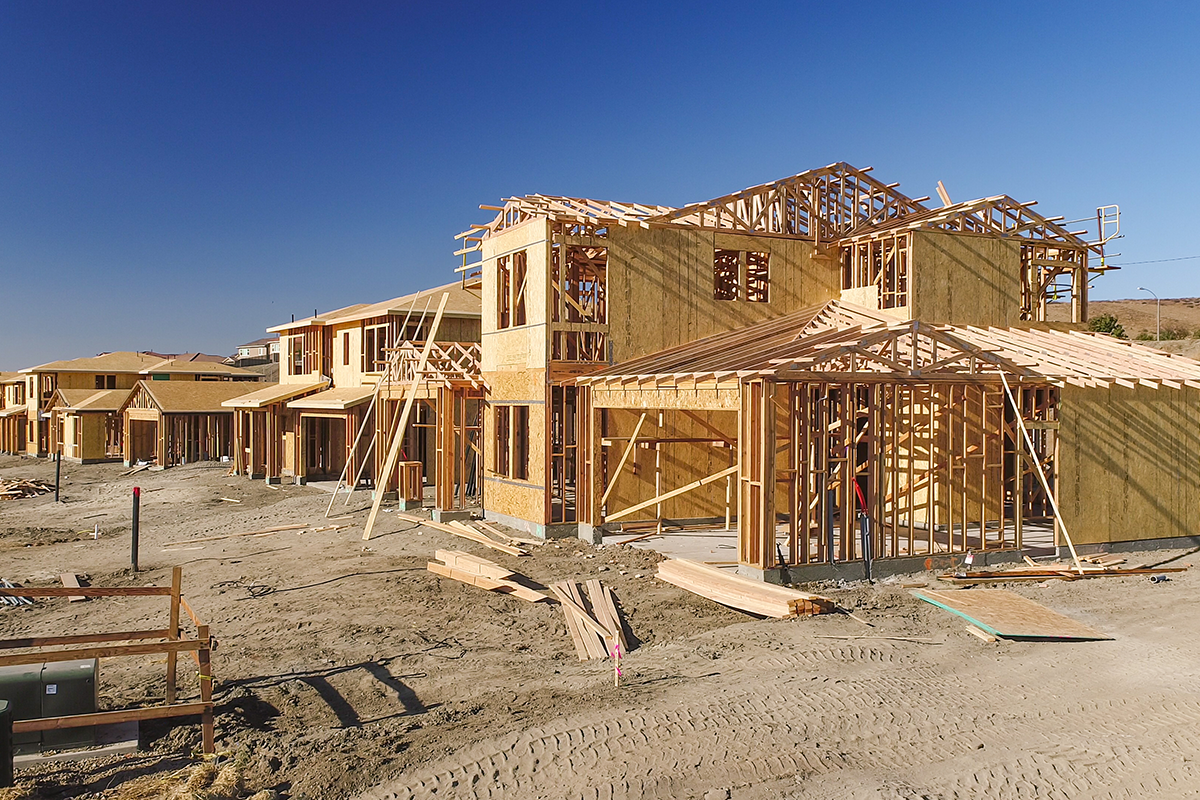In a notable development for the U.S. housing market, residential construction spending has climbed to its highest level since August 2022, signaling a robust resurgence in this sector. According to recent data from the Census Bureau, spending in residential construction rose to a seasonally adjusted annual rate of $912.72 million in February, marking a 0.7% increase from January. This uptick underscores the growing strength and potential recovery in the housing construction market, despite concerns about higher rates and affordability.
The surge in residential construction spending has been primarily driven by a significant increase in single-family home construction, which rose by 1.4% to a seasonally adjusted annual rate of $438.79 million. Remarkably, this represents a substantial 17.2% jump from the same period last year, indicating a strong demand for single-family homes and a bullish outlook from builders. A reminder that builder confidence in the market for newly built single-family homes climbed four points to 48 in February according to the NAHB/WF HMI in February.
Conversely, the multifamily segment experienced a slight decline of 0.2% in February. However, it’s worth noting that this sector is still up 6.1% compared to the same time last year, reflecting continued interest in apartment living and investment in multifamily units. The mixed results in the residential sector underscore the diverse dynamics at play within the housing market, catering to varied consumer needs and preferences.
On a less positive note, total construction spending fell by 0.3% in February, falling short of economists’ expectations for a 0.6% rise. This decline was largely attributable to a significant drop in non-residential construction spending, which decreased by 1.0% in February. Despite this downturn, the nonresidential segment remains 14% higher year-over-year, suggesting that while there may be short-term challenges, the broader trend indicates sustained growth in commercial and industrial construction activities.
The disparity between the residential and non-residential construction sectors highlights the complex landscape of the U.S. construction industry. While residential construction, particularly single-family homes, is experiencing a notable rebound, non-residential construction faces headwinds that could reflect broader economic concerns, such as inflation, interest rate hikes, and supply chain disruptions.





